What is a Cover Letter
A cover letter is a crucial document that accompanies your resume when you apply for a job. It serves as a formal introduction, allowing you to showcase your personality, skills, and enthusiasm for the position. Unlike a resume, which provides a factual overview of your experience and qualifications, a cover letter offers you the opportunity to tell your story and explain why you are the perfect fit for the role. It’s your chance to make a strong first impression and convince the hiring manager to read your resume and consider you for an interview. A well-crafted cover letter can significantly increase your chances of landing an interview and ultimately, the job. Think of it as your personal sales pitch, designed to highlight your strengths and align them with the employer’s needs.
Cover Letter Definition
In essence, a cover letter is a one-page document submitted as part of a job application alongside a resume. Its primary function is to provide more detailed information about your skills and experiences and to demonstrate your interest in the specific job and the company. It allows you to elaborate on aspects of your resume and explain how your qualifications meet the requirements of the position. It should be personalized to each job application, highlighting the relevant skills and experiences that align with the job description. It’s not just a summary of your resume, but a persuasive document designed to convince the hiring manager that you’re the best candidate for the job. A well-written cover letter is a clear indication of your communication skills, attention to detail, and genuine interest in the opportunity.
Purpose of a Cover Letter
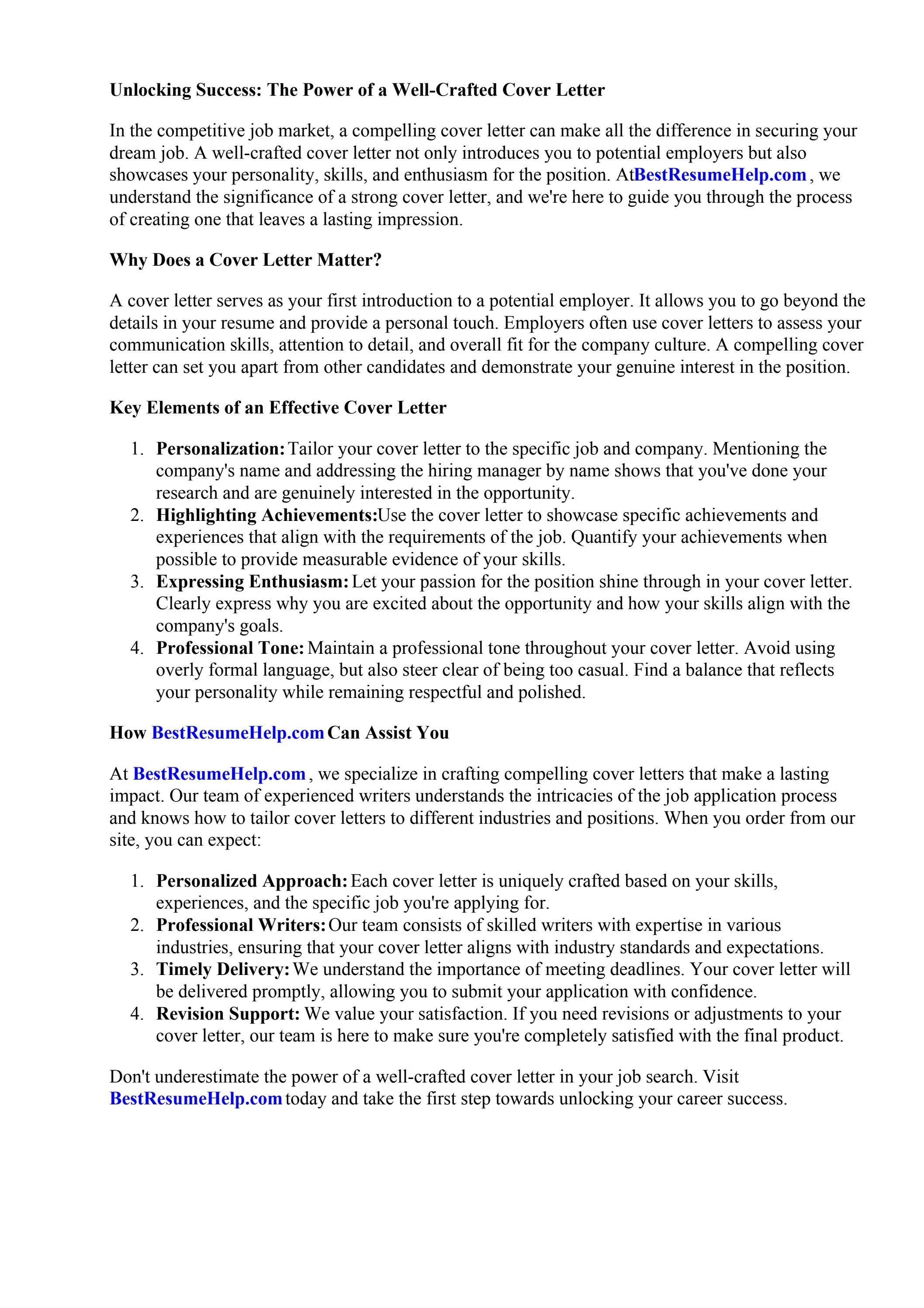
The main purpose of a cover letter is to introduce yourself to a potential employer and to express your interest in a specific job. It provides a space to explain why you are a good fit for the role and to highlight the skills and experiences that make you a suitable candidate. It also allows you to demonstrate your understanding of the company’s needs and how you can contribute to their success. A cover letter helps you to stand out from other applicants by showcasing your personality and enthusiasm. It’s a chance to connect with the hiring manager on a more personal level, showing them that you’ve done your research and are genuinely interested in the opportunity. A strong cover letter sets the stage for a successful application, increasing the likelihood of you being selected for an interview.
Key Components of a Cover Letter
Header Section
The header of your cover letter is the first thing a hiring manager will see, so it’s essential to make a good impression. It should include your contact information, such as your name, address, phone number, and email address. Also, include the date and the hiring manager’s name and title, if known. Make sure the contact information is accurate and easy to read. The header should be formatted consistently with your resume, reflecting professionalism and attention to detail. It sets the tone for the rest of the letter and demonstrates that you are organized and professional. The header is your digital business card, so ensure it is clean, concise, and easily accessible.
Greeting
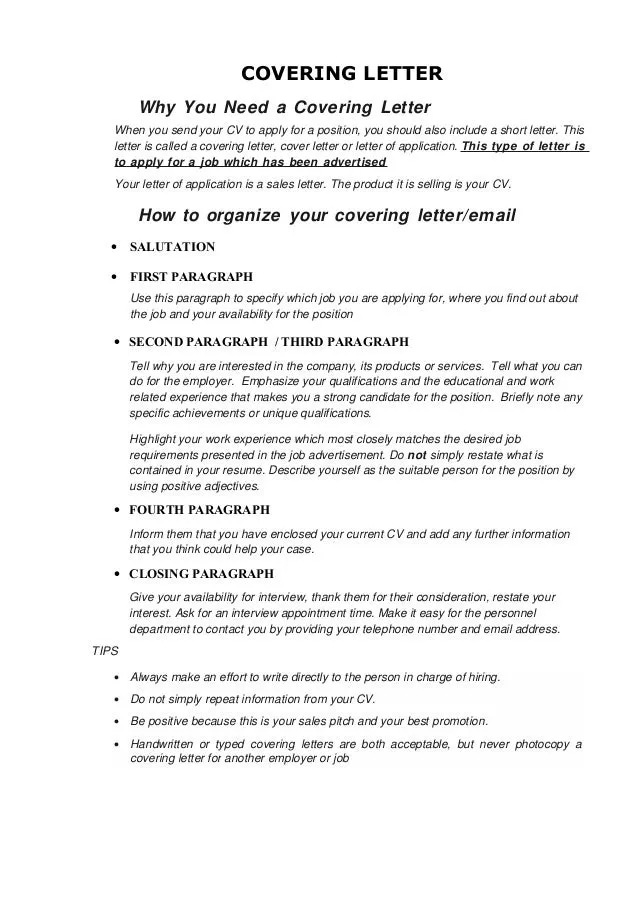
The greeting is how you address the hiring manager. If you know the hiring manager’s name, it’s best to use it. Use ‘Dear Mr./Ms./Mx. [Last Name]’ for a more personal touch. If you don’t know the name, you can use a general greeting like ‘Dear Hiring Manager’ or ‘Dear [Company Name] Hiring Team’. Avoid generic greetings like ‘To Whom It May Concern’, as they can make your letter seem impersonal. Ensure you spell the name correctly to show respect. The greeting is the first point of human connection in the letter, so it’s important to set a positive and professional tone.
Body Paragraphs
The body of your cover letter is where you make your case for why you’re the right person for the job. It should be concise, well-written, and tailored to the specific job and company. The body typically consists of three paragraphs, each serving a distinct purpose: The first paragraph should state the position you’re applying for and how you learned about the opportunity. The second paragraph should showcase your relevant skills and experiences, providing specific examples of your accomplishments. The third paragraph should reiterate your interest in the position and the company, expressing your enthusiasm and willingness to learn more. The body should be engaging, demonstrating your value and making the hiring manager want to learn more about you.
First Paragraph
The first paragraph should clearly state the position you are applying for and how you found the job posting. This helps the hiring manager quickly understand your intent. It is essential to mention the specific job title and, if applicable, the job reference number. It also provides context for your application, showing that you are responsive to opportunities. Mentioning the source of the job posting (e.g., company website, LinkedIn, a job board) can also demonstrate your proactive approach to your job search. Keep it concise, focusing on the basics, while setting a positive and enthusiastic tone for the rest of the letter. This paragraph is your initial opportunity to grab their attention and set the stage for the details to follow.
Second Paragraph
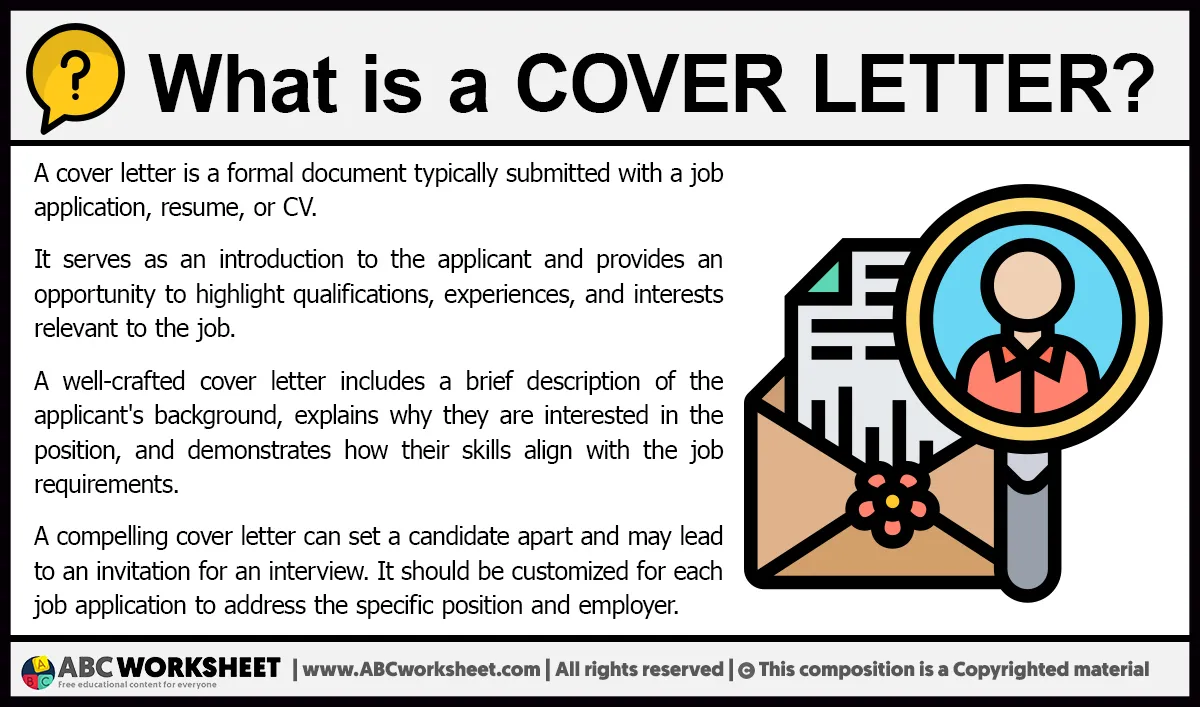
The second paragraph is the core of your cover letter, where you demonstrate your value to the employer. Highlight your relevant skills, experiences, and accomplishments that align with the job requirements. Use specific examples to illustrate your capabilities, such as quantifiable achievements, project successes, or significant contributions to previous roles. Focus on the key skills and experiences mentioned in the job description, tailoring your examples to demonstrate how you meet those requirements. Avoid simply restating your resume; instead, elaborate on your qualifications and explain how they make you a strong candidate. This paragraph needs to convince the hiring manager that you possess the right skills and experience to excel in the role.
Third Paragraph
The third paragraph is your closing statement, and it should reiterate your interest in the position and the company. Express your enthusiasm for the opportunity and reiterate your willingness to learn more and contribute to the team. If appropriate, you can mention your availability for an interview. Thank the hiring manager for their time and consideration. End on a positive note, emphasizing your confidence and excitement about the possibility of joining the company. This paragraph is your last chance to make a lasting impression, leaving the hiring manager with a positive feeling about you.
Closing Paragraph
The closing paragraph should include a professional closing and your signature. Use a formal closing like ‘Sincerely’, ‘Best regards’, or ‘Thank you’. Follow this with your typed name. If you are submitting a physical copy, you should sign your name above your typed name. It is crucial to review your cover letter to ensure all sections align. After the closing, you may also include a call to action. For example, state that you are available for an interview. Maintain a tone consistent with the rest of the letter, keeping it professional and positive. The closing paragraph confirms your professionalism and indicates your readiness for the next step in the application process.
Formatting and Style
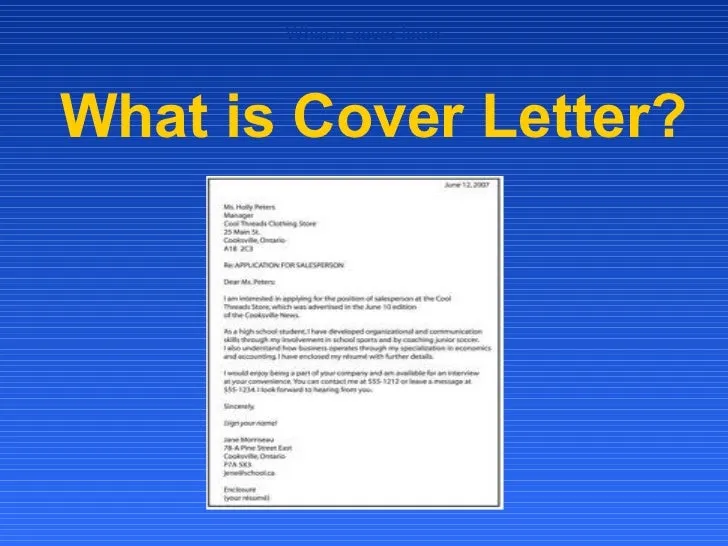
Font and Size
The font and size of your cover letter contribute significantly to its readability and professional appearance. Choose a standard, easy-to-read font, such as Times New Roman, Arial, or Calibri. These fonts are widely accepted and do not distract the reader. The font size should be between 10 and 12 points, ensuring that the text is large enough to read comfortably without appearing too large. Maintain consistency in font and size throughout the entire document. Avoid using overly stylized fonts or fonts that are difficult to read, as they can detract from the content. Correct formatting demonstrates your attention to detail and professionalism.
Margins and Spacing
Proper margins and spacing are critical for the overall appearance and readability of your cover letter. Use 1-inch margins on all sides of the document. This creates sufficient white space and prevents the text from appearing cramped or cluttered. Use single spacing within paragraphs and double spacing between paragraphs. This spacing makes the text easy to follow and allows for better readability. Proper margins and spacing create a clean, organized appearance and make it easier for the hiring manager to read and understand your message. Consistent formatting conveys professionalism and attention to detail.
Proofreading and Editing
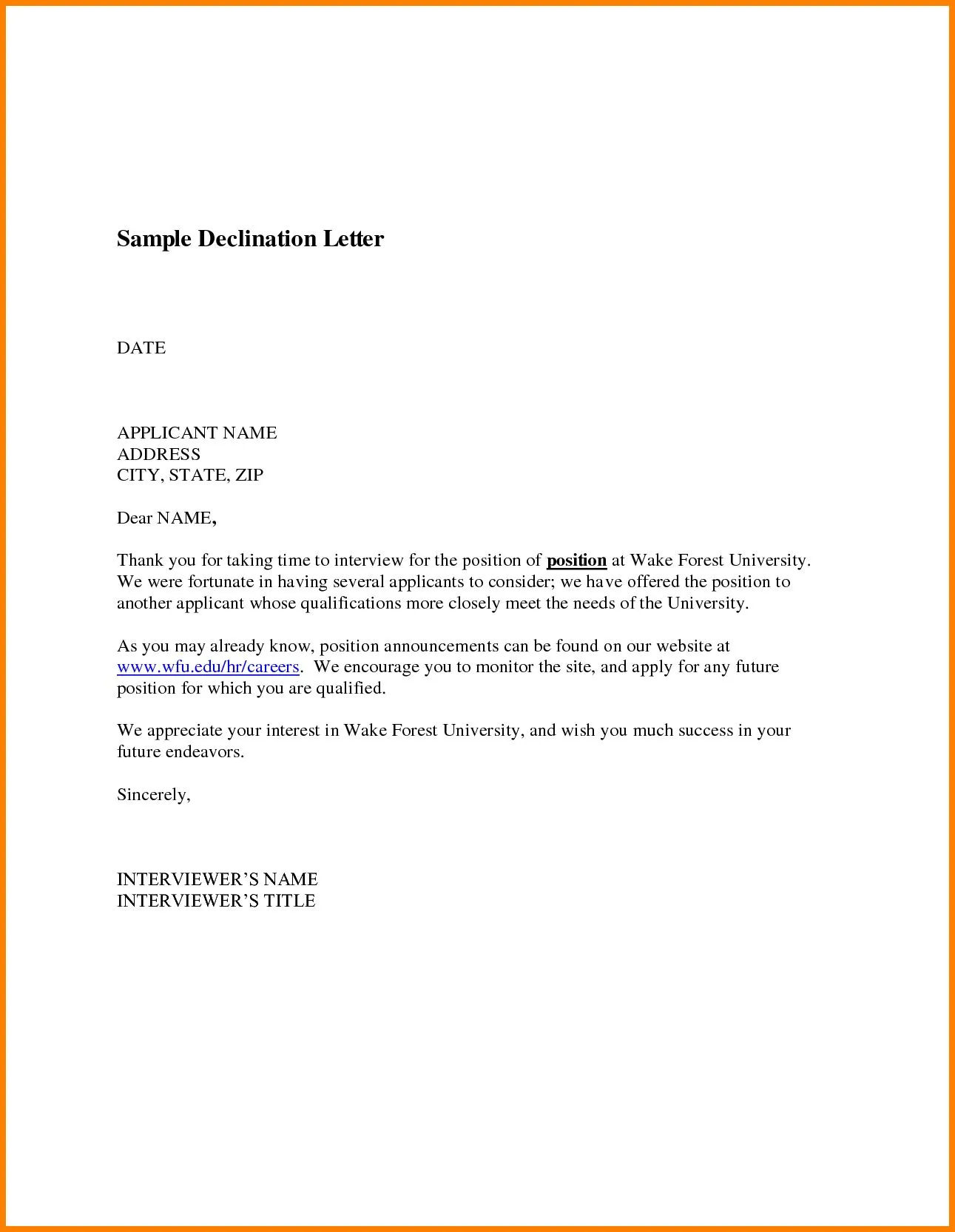
Proofreading and editing are essential steps in ensuring your cover letter is polished and professional. Carefully check for any typos, grammatical errors, and spelling mistakes. Ensure that your sentences flow smoothly and that your message is clear and concise. Read the letter aloud to catch any awkward phrasing or errors you might have missed. Have a friend, family member, or career counselor review your letter for feedback. Proofreading is an important process to highlight your attention to detail and professionalism. A cover letter free of errors demonstrates that you value accuracy and strive for excellence. Thorough proofreading increases your chances of making a positive first impression.
Cover Letter Examples
Example 1 Job Application
A job application cover letter should begin by stating the position you are applying for and where you found the job posting. The body should highlight the skills and experiences that align with the job description, using specific examples to demonstrate your capabilities. Tailor your content to the job requirements. In the third paragraph, reiterate your interest and express your enthusiasm. Use a professional tone, showing that you have researched the company and are passionate about the role. Provide examples of similar work you’ve done and the results of the work, quantifying your achievements. The job application letter is your first real impression with the company, so it must show that you’re capable and enthusiastic about the job.
Example 2 Internship Application
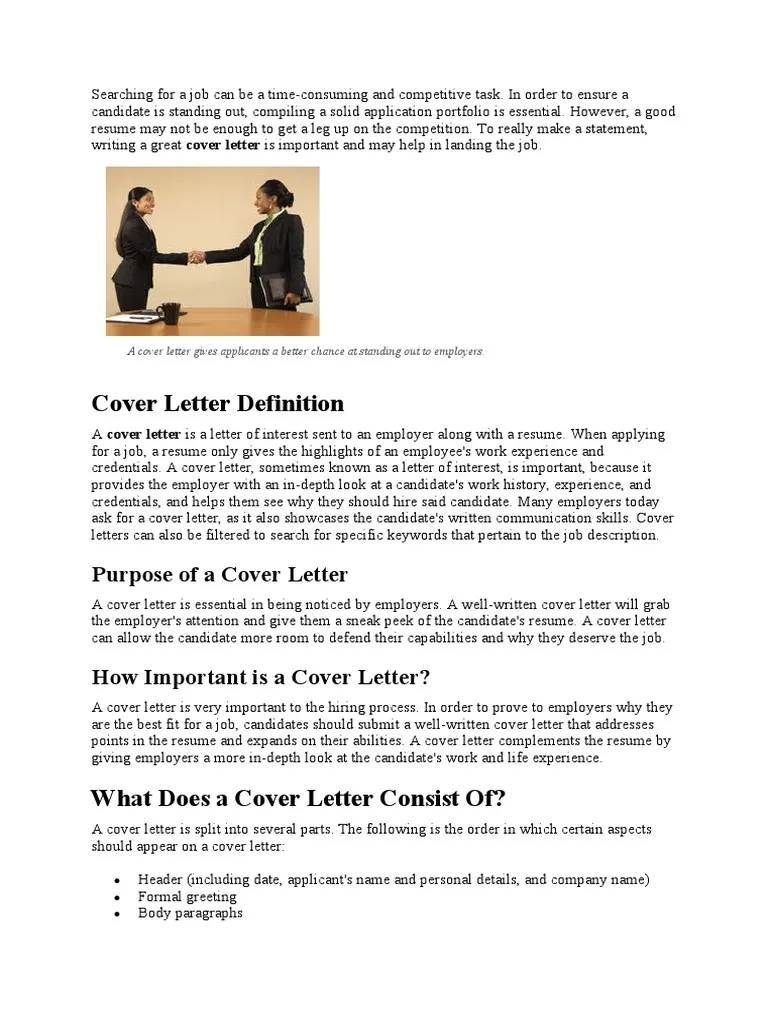
An internship application cover letter emphasizes your skills and academic achievements that are relevant to the internship position. If you have experience with projects or extracurricular activities, include those details. Show your enthusiasm for learning and growing within the company. The tone should be enthusiastic and eager to learn and take on new challenges. Highlight your passion and how it will benefit the company. The internship application letter needs to convey your excitement about the potential opportunity, showcasing how the internship will contribute to your future career goals. It is necessary to demonstrate your eagerness to learn and contribute to the company’s success.
Common Mistakes to Avoid
Generic Letters
Avoid using generic cover letters that are not tailored to the specific job or company. Hiring managers can easily identify these, and they will likely discard your application. Customize your cover letter for each job you apply for, demonstrating that you have researched the company and understand the requirements of the position. Highlight the skills and experiences that are most relevant to the specific job. Avoid generic phrases and instead, use language that shows you have genuinely thought about how you fit the role. Personalizing your cover letter makes your application stand out and shows your genuine interest in the opportunity.
Typos and Grammatical Errors
Typos and grammatical errors can undermine your credibility and professionalism. Proofread your cover letter meticulously for any mistakes, or ask someone else to review it for you. Errors can make you look careless or inattentive to detail, which are qualities that are not desirable in the workplace. Take the time to carefully review your cover letter to ensure it is free of errors. Use a spell checker and grammar checker, but also read it aloud to catch any awkward phrasing or missed errors. A polished cover letter is a reflection of your professionalism and attention to detail.
Ignoring Instructions
Always follow any specific instructions provided in the job posting. If the posting asks for a specific file format, formatting guidelines, or other requirements, make sure you comply. Ignoring instructions shows that you are not detail-oriented or unable to follow directions. It’s crucial to demonstrate that you can follow instructions, and paying attention to these details highlights your attention to detail and your respect for the employer’s requirements. Failure to follow instructions can lead to your application being overlooked. Always carefully read the entire job posting and adhere to any specific guidelines.
Top 5 Tips for a Compelling Cover Letter
Tailor to the Job
Tailor your cover letter to each specific job application. Review the job description carefully and identify the key requirements, skills, and experiences that the employer is seeking. Highlight the skills and experiences in your cover letter, and provide specific examples of how you have demonstrated those skills in the past. Avoid sending a generic cover letter that could be used for any job. The more specific you are, the more likely you are to grab the hiring manager’s attention. Tailoring the cover letter shows that you are truly interested in the position and that you have taken the time to understand the employer’s needs.
Show, Don’t Tell
Use specific examples to show, rather than simply tell, the employer about your skills and experiences. Instead of saying that you are a good problem-solver, describe a specific problem you solved and how you approached it. Instead of saying you are a good communicator, provide examples of successful communication strategies you have used. Quantify your achievements whenever possible, using numbers and data to illustrate your accomplishments. Providing concrete examples is more effective than making vague claims. Showing, not telling, makes your cover letter more persuasive and memorable.
Highlight Relevant Skills
Carefully review the job description and highlight the skills and experiences that are most relevant to the position. Identify the keywords and phrases used in the job description and incorporate them into your cover letter. Focus on the skills and experiences that match the employer’s requirements. Customize your cover letter to emphasize the skills and experiences that best align with the role. Prioritize the essential skills. By focusing on the most relevant skills, you increase your chances of being seen as a strong candidate.
Keep it Concise
Keep your cover letter concise and focused. Hiring managers often have limited time to review applications, so it’s crucial to get your message across quickly. Aim for one page in length, and avoid including unnecessary information or details. Focus on the most important points and be clear and to the point. Use clear language and avoid jargon or overly complex sentences. A concise cover letter is easier to read and more likely to capture the hiring manager’s attention. Make every word count.
Proofread Thoroughly
Thoroughly proofread your cover letter before submitting it. Check for any typos, grammatical errors, and spelling mistakes. Reading your cover letter aloud can help you catch errors you might have missed. Ask a friend, family member, or career counselor to review your cover letter for feedback. Pay close attention to your tone, ensuring it is professional and appropriate for the job and company. Proofreading is essential for ensuring your cover letter represents you in the best possible light. A polished, error-free cover letter demonstrates your attention to detail and professionalism.
